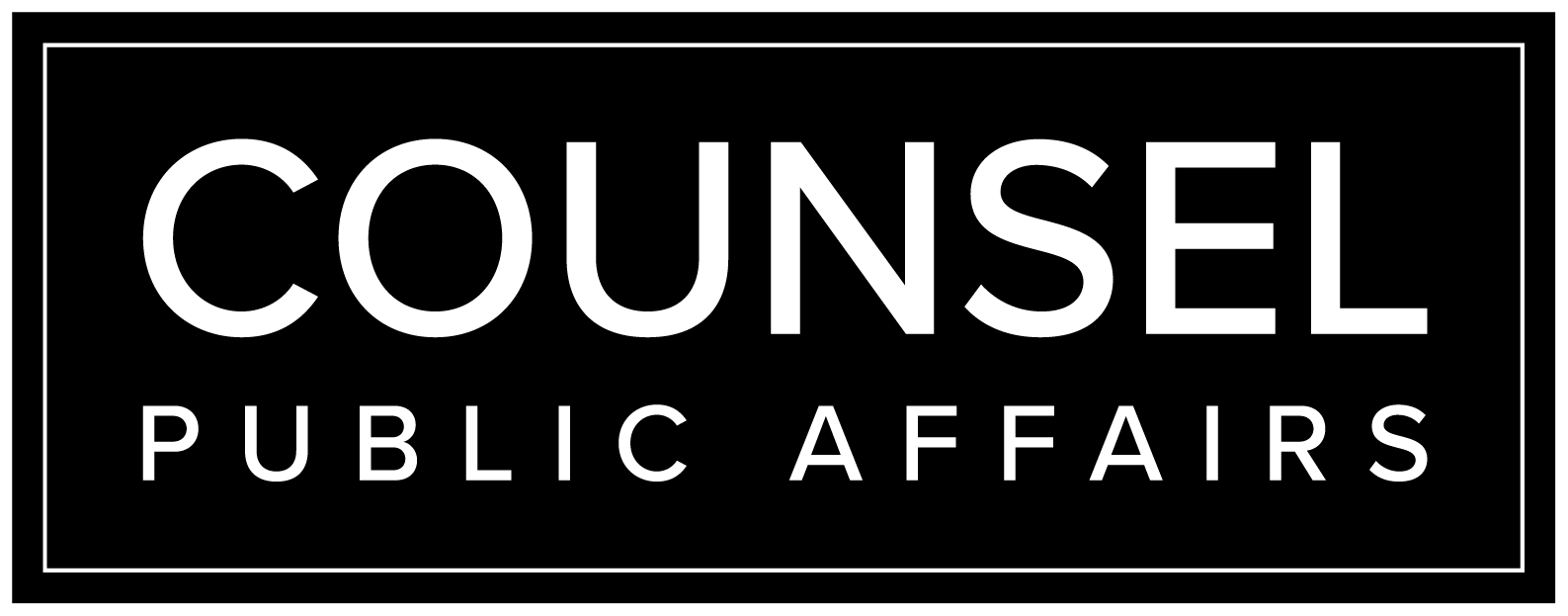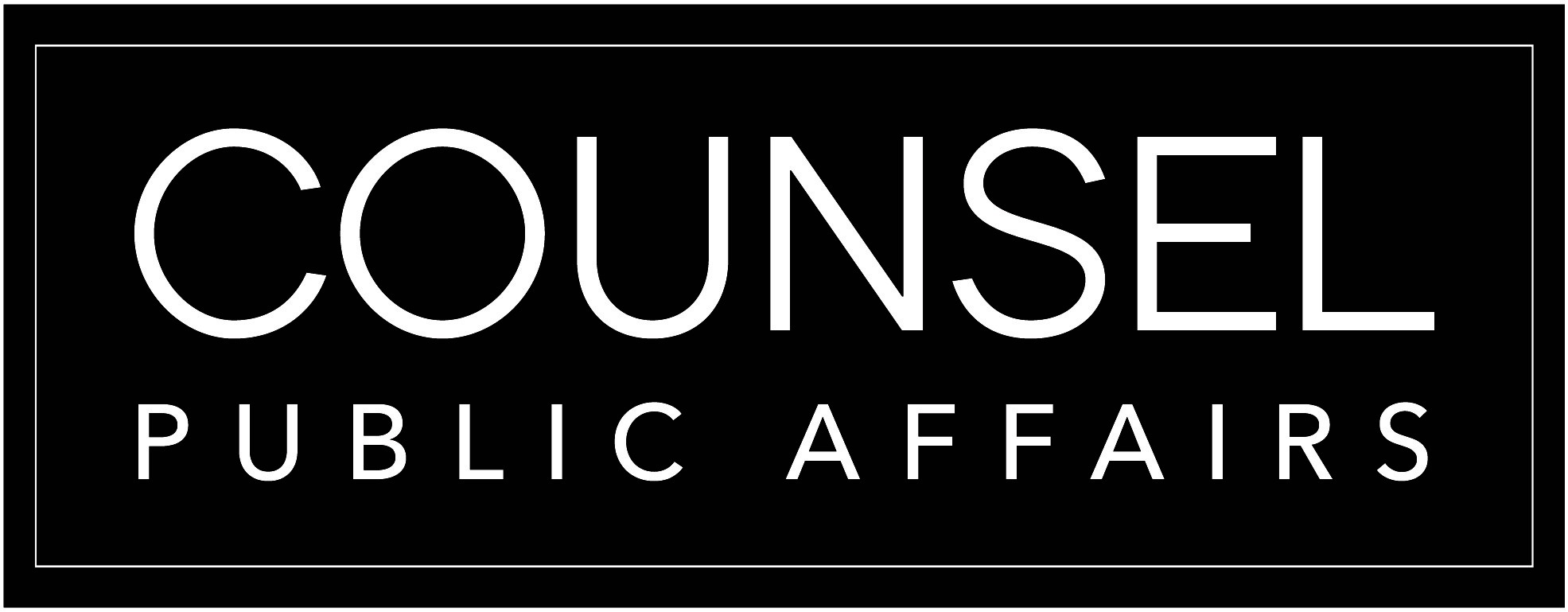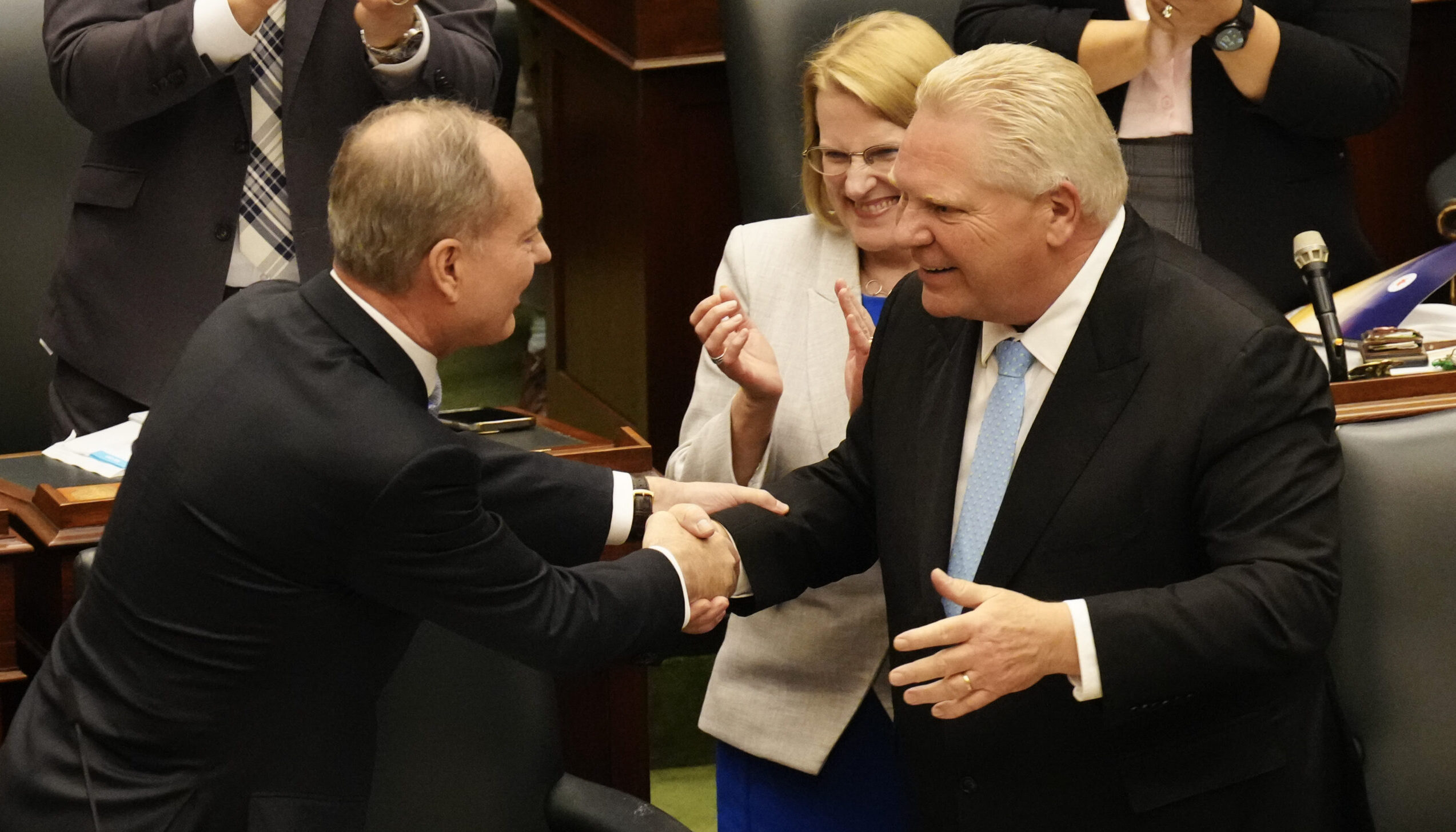6 Priorities from a Plan to Protect Ontario
Overview of Ontario Budget 2025
Fresh on the heels of securing a historic third consecutive majority, the Ontario Government is going all-in on confronting long-avoided challenges that now demand urgent action as a result of the existential threat of U.S. tariffs. Protecting Ontario isn’t just about continuity—it’s about courage to make long overdue and game changing decisions about how fast the government is getting things done. Now, as Ontario’s competitive edge is threatened, the government is left with no choice but to pull out all the stops to increase the province’s economic independence.
The 2025 Ontario Budget, the fifth tabled by Minister of Finance Peter Bethlenfalvy, mirrors the government’s successful re-election pitch and the Speech from the Throne delivered last month:
- eliminating long standing inter-provincial trade barriers to drive local economic growth
- nation-building projects like the Ring of Fire to unlock Ontario’s critical mineral supply chain, an ambitious $200 billion infrastructure plan, including expanding transit, roads, highways and a new highway 401 driver and transit tunnel expressway
- providing direct relief for workers, businesses and communities affected by tariffs
- transforming the province into an energy superpower through a massive expansion of energy generation and export capabilities, spearheaded by new nuclear projects, including small modular reactors (SMRs) and the first large scale build in a generation
- protecting the health care system, removing barriers for patients and health care practitioners and improving access to primary care
- keeping costs down for Ontario workers and families though wallet-friendly measures like removing tolls off highway 407 East and a permanent cut in the gas tax.
Priority Areas
- Tariff Protection Measures
- Moving forward, the Ontario government is creating the Protecting Ontario Account (POA), a fund of up to $5 billion designed to provide businesses with critical support to protect jobs, transform businesses, and grow strategic sectors of the economy.
- Investing $20 million in 2025−26 to mobilize new training and support centres, formerly known as action centres, providing immediate transition supports for laid-off workers, including those impacted by U.S. tariffs.
- Creating the Trade Impacted Communities Program (TICP). This new program will provide up to $40 million in grants, starting in 2025–26, which are flexible and tailored to the needs of individual communities and local industries.
- Lowering costs for over 23,000 small businesses across Ontario by increasing the Liquor Control Board of Ontario (LCBO) wholesale discount rate from 10 per cent to 15 per cent on beer, wine, cider, spirits, and Ready-to-Drink beverages wholesaled by the LCBO to bars, restaurants, convenience stores, and LCBO Convenience Outlets from spring 2025 until the end of 2025.
- Investing $12 million over the next three years, starting in 2025–26, to continue O-AMP. The program is designed to support Ontario’s automotive parts suppliers by helping these SMEs upgrade outdated equipment and adopt new tools and technologies to innovate their product lines and continue to modernize their processes.
- Continuing the OVIN program delivered by the Ontario Centre of Innovation through an investment of $73 million over the next four years, starting in 2025–26. The funding will support regional technology development sites, research and development (R&D) partnerships, and incubator projects for automotive and mobility small and medium-sized enterprises (SMEs).
- Introducing the Protect Ontario Through Free Trade Within Canada Act, to unlock free trade and labour mobility across Canada.
- Manufacturing & Labour
- Investing an additional $600 million to the Invest Ontario Fund to provide the agency greater stability in executing its mandate of job creation and investment attraction.
- $200 million to support the shipbuilding industry and the broader marine sector, starting with the new Ontario Shipbuilding Grant Program.
- Enhancing and expanding the Ontario Made Manufacturing Investment Tax Credit, providing an additional $1.3 billion over three years to help lower costs for businesses that invest in buildings, machinery and equipment that are used for manufacturing or processing in Ontario.
- Expanding its Skills Development Fund (SDF) by nearly $1 billion over the next three years, for a total of $2.5 billion.
- Unleashing the potential of the province’s critical minerals sector by investing $500 million to create a new Critical Minerals Processing Fund (CMPF).
- Infrastructure and Energy
- Capitalizing on the potential of the province’s critical minerals sector by investing $500 million to create a new Critical Minerals Processing Fund (CMPF).
- OPG is proceeding with the Project Definition phase of the Pickering Refurbishment project. This refurbishment would add at least 30 years of life to the Pickering “B” Nuclear Generating Station.
- Expanding its largest competitive energy procurement in the province’s history, to procure up to 7,500 MW of power, up from 5,000 MW as originally announced. This expansion is open to all technologies, including hydro, natural gas, energy storage, wind, and solar.
- Helping families and businesses save money and save energy by investing $10.9 billion over 12 years in energy efficiency programs, the largest investment in energy efficiency in Canadian history.
- Committing $50 million over five years through Invest Ontario to grow the province’s industrial capacity in modular construction and other innovative options to accelerate development, improve affordability and nurture home‐grown industries that support quality jobs in Ontario.
- Providing $400 million for critical infrastructure to 423 small, rural and Northern communities across Ontario in 2025.
- Investing close to $2 billion for the 2025–26 school year to repair and maintain schools.
- Through Ontario’s EV ChargeOn program, investing an additional $92 million for a total of over $180 million to increase the number of public EV charging stations across the province.
- Investing $758 million to help the Toronto Transit Commission (TTC) purchase 55 new trains for Toronto’s Line 2 subway.
- Growing the province’s existing $1 billion Aboriginal Loan Guarantee Program (ALGP) as the new $3 billion Indigenous Opportunities Financing Program (IOFP) to support Indigenous participation in more sectors, including electricity, critical minerals, resource development and related infrastructure components.
- Injecting $400 million in immediate funding to the Housing-Enabling Water Systems Fund (HEWSF) and Municipal Housing Infrastructure Fund (MHIP).
- Proposing a new Ontario Shortline Railway Investment Tax Credit as a 50 per cent corporate income tax credit to qualifying short line railways.
- Health & Social Services
- Committing an additional $300 million over the next four years including $60 million in 2025-2026 to expand Primary Care Teaching Clinics’ capacity.
- Up to $1.1 billion in additional hospital funding for 2025–26, which includes up to 4 per cent in base and targeted funding, and one-time funding for the surgical system.
- Investing up to $280 million over two years to support the expansion of Integrated Community Health Service Centres.
- An additional $56.8 million over the next three years for training and education funding to support an enrolment increase of nursing spaces at publicly assisted colleges and universities by over 2,200 registered and registered practical nurses and nurse practitioners.
- A new construction funding support program to ensure long-term care operators and builders have additional flexibility and support to continue Ontario’s historical level of construction. This new program will unlock more than 8,000 new and redeveloped beds in Ontario.
- Investing $1.8 billion for Ontario’s Primary Care Action Plan, which aims to connect everyone in Ontario to a family doctor or primary care team within four years.
- Creating and expanding more than 305 additional primary care teams to connect approximately two million people to primary care, including investing more than $235 million in 2025–26 to establish and expand up to 80 additional primary care teams across the province that will connect 300,000 more people to primary care this year.
- Affordability
- Starting in 2026, municipalities will have the option to reduce the municipal property tax rate for eligible affordable rental housing units by up to 35 per cent.
- Introducing legislation that would amend the Gasoline Tax Act and the Fuel Tax Act to keep the provincial rates of tax on gasoline and fuel at 9 cents per litre, permanently.
- Amending the Municipal Act, 2001 and the City of Toronto Act, 2006 to prevent municipalities from implementing road tolls, including traffic gridlock pricing measures.
- Effective June 1, 2025, the government will permanently remove tolls from the provincially owned Highway 407 East — saving drivers approximately $94 million annually.
- Public Safety
- Ontario is investing $57 million for two new H‑135 helicopters to support the Niagara Regional Police Service and the Windsor Police Service with increased patrols, security and enforcement at key entry points at the U.S. border.
- Increasing enrolment in the Basic Constable Training (BCT) program and eliminating tuition fees to support new recruits.
- To ensure that police officers and new recruits have adequate training facilities, the government is committing $1 billion towards expanding and renovating the Ontario Police College in Aylmer and a new Ontario Provincial Police Academy in Orillia.
- Investing $12.8 million in 2025–26 to continue the Anti-Hate Security and Prevention Grant.
Financial Numbers
Uncertainty is the theme of the 2025 fiscal outlook. Previously, the Ford government projected a path to balance for the in 2025 –2026 fiscal year. Budget 2025 reflects the dramatic change in economic realities, instead projecting a $14.6 billion deficit, $10 billion higher than previously planned, with a return to balanced budgets by 2027 at best. This is driven by higher-than-expected spending in health ($3.3 Billion, compensation costs), education ($732 million, costs related to labour agreements) and post secondary education ($2 billion, college sector spending and student financial aid uptake).
The government attributes the more pessimistic outlook to tariffs imposed by the United States and the related economic uncertainty. As a right-of-centre government initially elected with a pledge to aggressively target government over-spending and encourage fiscal discipline, the Ford government faced the frustrating necessity of running budget deficits every year except 2022, due to major global economic shocks beyond its control. These dominos include the COVID-19 pandemic, an inflation-fueled recovery and the initiation of a re-ordering of global trade under U.S. President Trump. The result is a constant tension created by expensive, competing demands on the provincial treasury amid economic uncertainty and a philosophical commitment to keep the province on a path back to a balanced budget.
- GDP: 1.5% in 2024 projected to slide to 0.8% in 2025, finally ticking up to 1.9% in 2027. This is much slower growth that projected in the 2024 budget of 1.9% in 2025 and 2.2% in 2027.
- Total Revenue: $221.6 billion, $13.4 billion higher than forecast in the 2024 Budget, mainly reflecting increases in taxation revenue.
- Total Expenditure: $227.6 billion. Program expense is projected to be $11.8 billion higher than the 2024 Budget forecast, the government points to investments in health care, education and other critical services.
- Deficit: $14.6 billion in 2025–26, $10 billion higher than projected in the 2024 budget, $7.8 billion in 2026–27, before a projected path to balance by 2027–28.
- Debt Numbers: Net debt-to-GDP ratio: 36.3% in 2024-25 (2.9 percentage points lower than in the 2024 Budget).
- Employment Numbers: 7% unemployment, up from 6.7% in the 2024 Budget.
- Employment advanced faster than expectations in 2024, increasing by 140,000 (+1.7 per cent). The government notes that the unemployment rate trending upwards even while employment has been on the rise is because it has been outpaced by strong labour force growth and significant underlying population growth in the last two years.
- Housing Starts Projection: 74,600 housing starts in 2024 – down from 87,900 projected in the 2024 budget. Housing starts are projected to decrease to 71,800 in 2025, trending upwards to 74,800 in 2026. Far short of the 150,000 new homes per year target.
What Does This Mean for You and Your Business?
Embedded in today’s budget is the signal from the Ford government that even if tariff threats aren’t in today’s headlines, Ontario won’t be caught off guard. The Ford Government’s Budget is focused on defending against the impact of tariffs: protecting workers, keeping costs down, unleashing the economy.
If your business falls into one of the priority areas outlined above, get ready for a potential windfall of opportunity from new investments and funding programs. Our team at Counsel can help you navigate the new budget announcements and identify opportunities for success.
If you don’t fall within these priority areas, there will still be opportunities throughout the year to change the narrative surrounding your sector and position it in front of key decision makers. The sooner and more clearly you lay out your argument the better, and our team at Counsel is ready to help you and your business achieve your policy goals.


